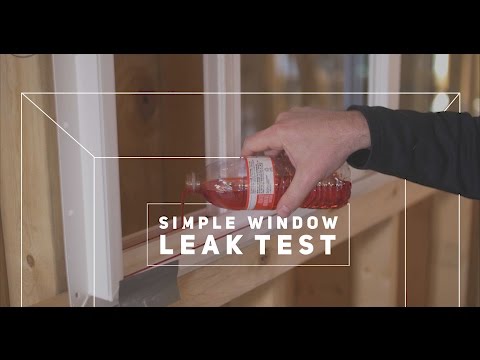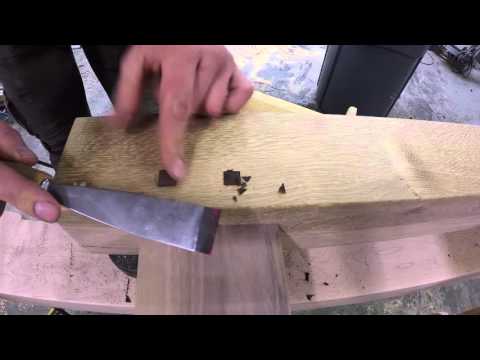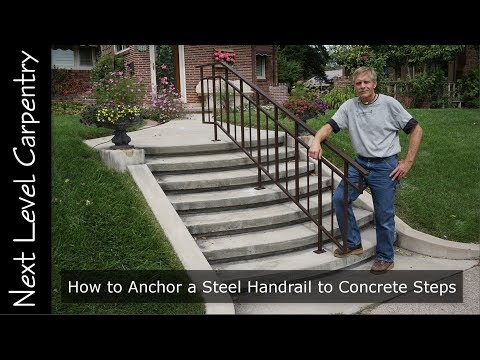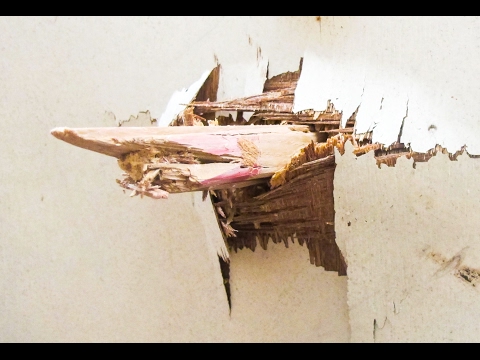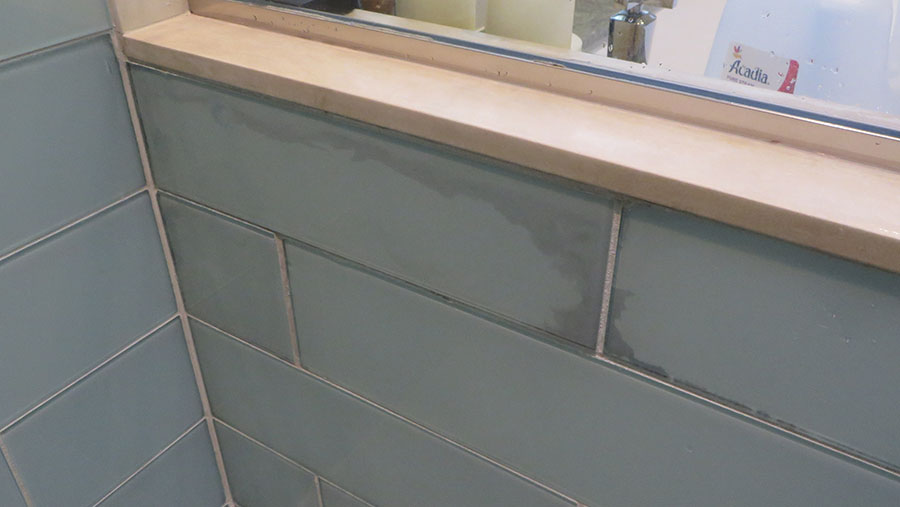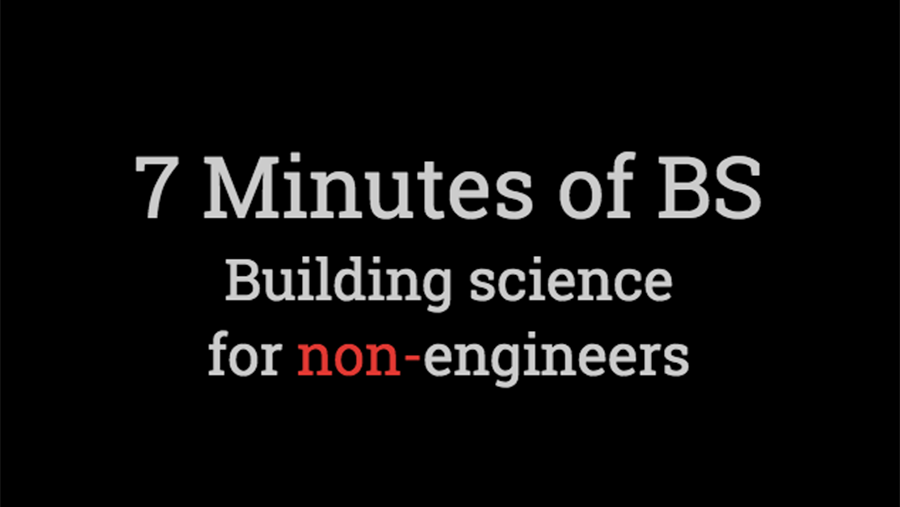When the world pushes in your walls, pull it back with helical tieback anchors
The foundation on a house in Cameron, Missouri has moved in toward the living space. On the corner, the distance from foundation wall to siding is 2 inches. In the middle of the wall the distance is 7 inches! A five inch bow.

Cracks in the foundation can point to walls that are under pressure and in need of attention. Cracks are like baby sharks: they start out small and grow up until they are a problem.
This problem had previously been addressed with steel I-beam installation, but the repair was not effective because the cause of the problem was not addressed: hydrostatic pressure relentlessly pushing against the wall.
The repair involves installing helical tieback anchors and then solving the cause of the problem from the outside. But first, they pull the walls back into place. The hydraulic motor rotates and drills the auger-like anchor into the earth at an angle to achieve predetermined holding values.
Each anchor's torque value is recorded and stored for permanent record-keeping.
Helical tie-backs are engineered soil anchors with many configurations and applications. They usually have one to three flights of varying diameter and flight spacing. Combined with repairs to eliminate hydrostatic water pressure, the tieback anchors ensure a long-term lateral repair.
With the tieback anchor drilled into the earth, the floor above is raised slightly to take pressure off the sill plate before installing the steel plate.
Outside, the foundation is dug out where the foundation is pressure washed, dried, crack sealed and waterproofed. The trench is then filled with drain tile and hydrostatic pressure reduction systems.
—Gordon Energy & Drainage is a foundation repair and waterproofing specialist in Olathe, Kansas.
